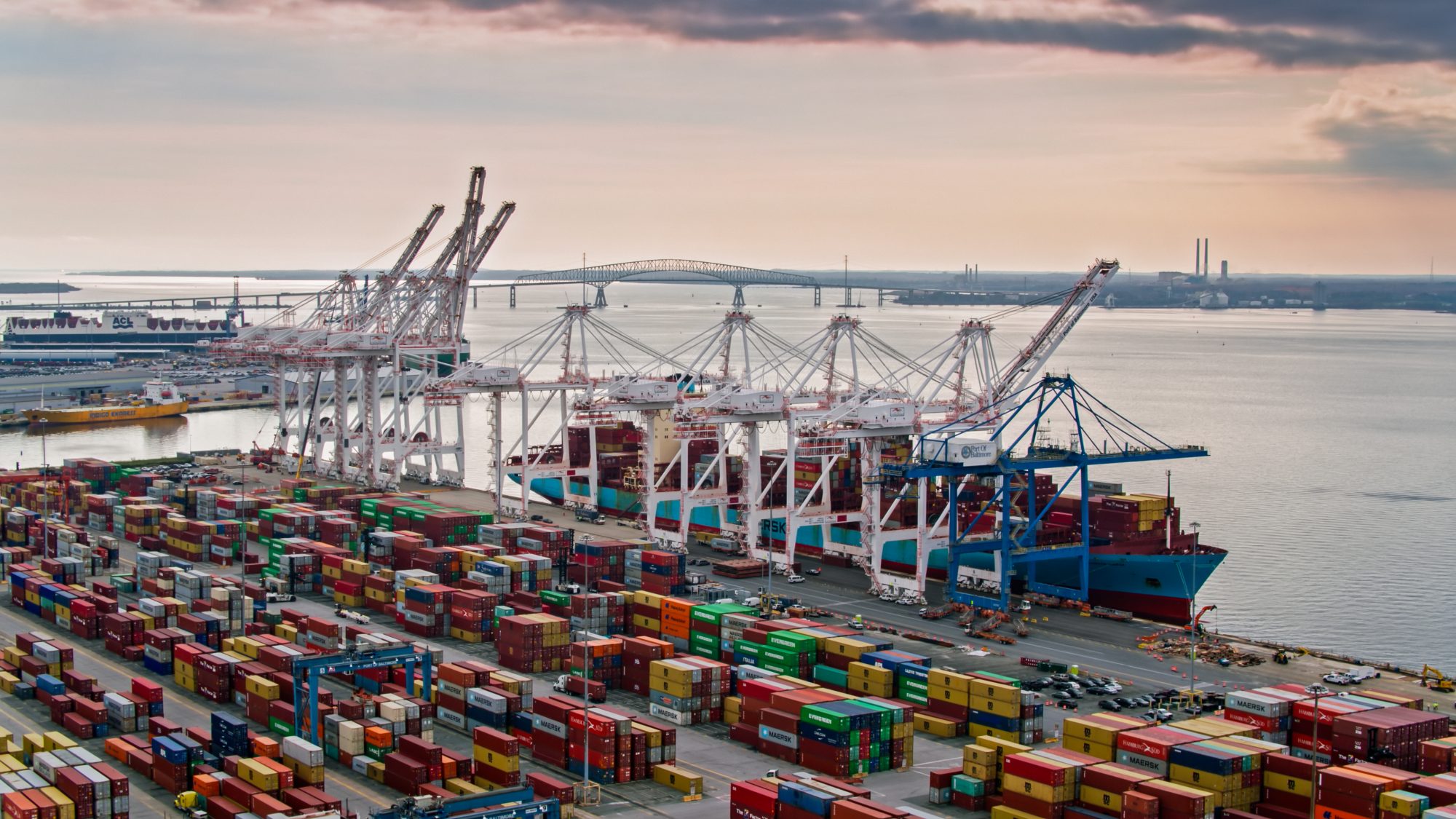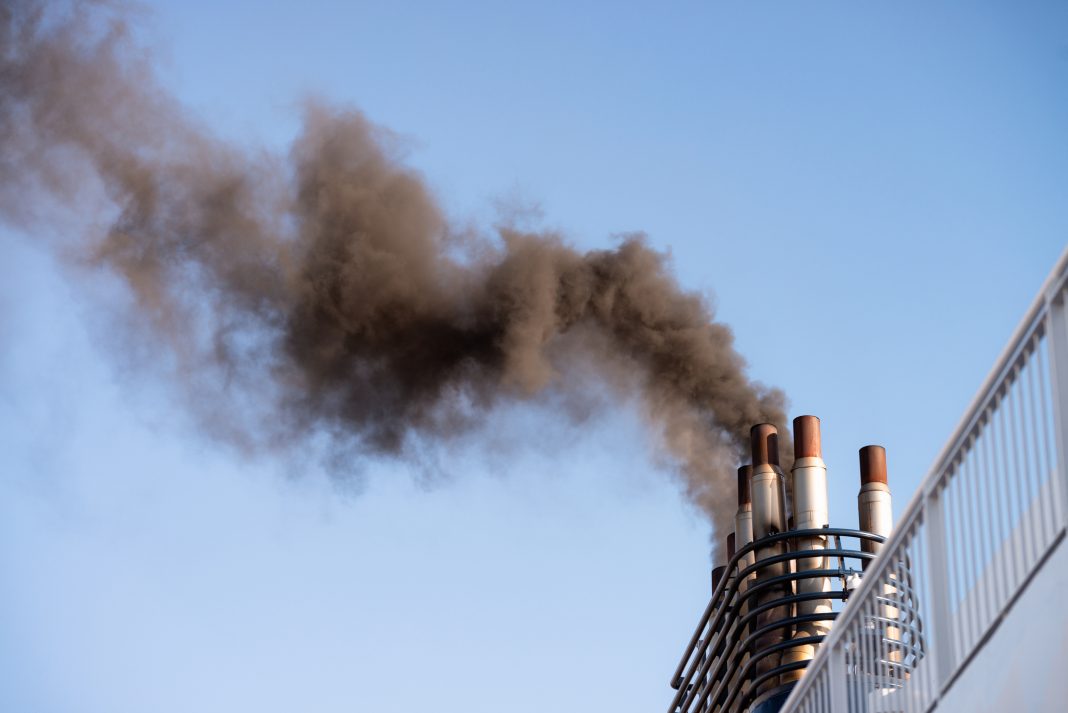A study on the cumulative emissions of metals and environmentally hazardous substances from ships reveals that ship emissions drastically threaten marine environments
Chalmers University of Technology in Sweden conducted research which utilized four different port environments to assess the levels of contaminants emitted by five different sources.
The study indicated that over 90% of harmful ship emissions were attributed to ships equipped with scrubbers, devices designed to cleanse exhaust gases.
These findings highlight the urgent need for stricter regulations regarding scrubber discharge water to mitigate the deterioration of the marine ecosystem.
Examining cumulative environmental risk in ports
Traditionally, environmental risk assessments in the shipping industry focus on evaluating individual emissions sources, such as the risk posed by copper in antifouling paints.
However, the study by Chalmers University emphasizes the importance of considering cumulative environmental risk in ports due to the multifaceted nature of ship emissions.
Various sources, including greywater, blackwater, antifouling paint, and scrubber discharge water, collectively contribute to the overall contamination. The researchers, Anna Lunde Hermansson, Ida-Maja Hassellöv, and Erik Ytreberg, underscore the significance of evaluating ship emissions from a cumulative perspective.
Scrubber discharge water and environmental hazard
Scrubbers, employed as exhaust gas cleaning systems in ships powered by heavy fuel oil, help vessels comply with regulations imposed by the International Maritime Organization (IMO) since 2020.
Although scrubbers effectively reduce airborne sulfur emissions, they also introduce other contaminants, such as heavy metals and toxic organic compounds, into the seawater used during the cleaning process.
Consequently, heavily contaminated scrubber discharge water, often discharged directly into the sea, contributes to over 90 percent of environmentally hazardous metals and polycyclic aromatic hydrocarbons (PAHs).
The study’s results emphasise the pressing need for more stringent regulation of scrubber discharge water to mitigate its adverse effects.

Unacceptable risks found in port environments
The researchers at Chalmers University analysed four distinct port environments to determine contaminant concentrations from various sources.
The study utilised actual data from Copenhagen and Gdynia, chosen due to their high shipping volumes and significant prevalence of scrubber-equipped ships.
The results revealed that the cumulative risk levels in these ports exceeded acceptable limits by five and thirteen times, respectively.
Additionally, internationally recognised port descriptions were employed for the other two port environments, representing a typical Baltic Sea port and a European port with robust water exchange facilitated by substantial tidal ranges.
Three out of the four-port environments were found to pose unacceptable risks based on the assessment model utilized. The study highlighted the prominent roles of antifouling paint and scrubber discharge water in contributing to high levels of hazardous substances and overall risk.
Total load and environmental damage
The study’s findings underscore the crucial importance of considering the cumulative effect of multiple emissions sources. Although the risk level for environmental damage may appear low or acceptable when examining individual ship emissions sources, the combination of these sources leads to an unacceptable overall risk.
Marine organisms affected by contaminants and toxins do not differentiate the origin of these substances; rather, it is the total load that causes harm.
The researchers stress the significance of addressing the cumulative load discharged into the environment to safeguard marine ecosystems.
Scrubbers as an economic alternative
Scrubbers are not mandatory installations on ships but serve as an economic alternative for vessels seeking to avoid transitioning to cleaner, albeit costlier, fuels that emit fewer metals and PAHs.
By employing scrubbers, ships can continue using heavy fuel oil, a more affordable yet highly polluting option.
Heavy fuel oil is a byproduct of crude oil distillation and is primarily used in maritime transport. The number of ships equipped with scrubbers has increased significantly.











